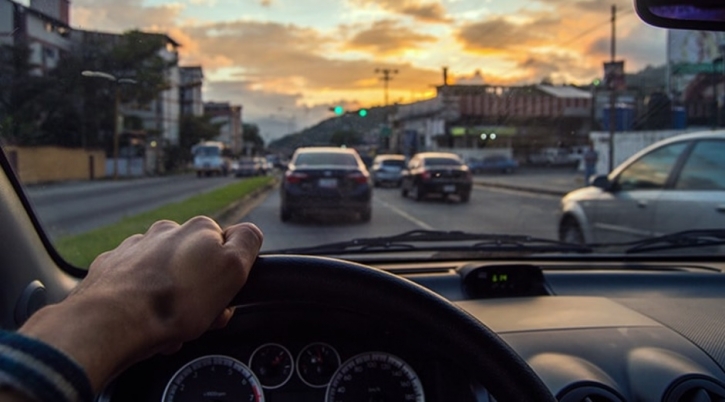Content courtesy from the Economical Insurance website.
If you think having “no-fault” car insurance coverage means you’ll never be considered “at fault” for an accident, you’re not alone — that’s a pretty common misconception. But in the insurance world, “no-fault” means something a little different.
“No-fault insurance” is the term used to describe the car insurance system that’s in place primarily in Ontario, Nova Scotia, New Brunswick, and PEI. The official name for this coverage is Direct Compensation Property Damage (DCPD), and that’s how you’ll see it in your policy. While the “no-fault” name might imply it’s about which driver is (or isn’t) at fault for an accident, the no-fault system is actually about how a car insurance claim is paid out.
With a no-fault insurance system, your own insurance company pays your claims under your own policy regardless of whether or not you were at fault for a collision — but if you’re at fault, damage to your own vehicle will only be covered if you’ve bought all-perils or collision coverage. All-perils and collision coverage aren’t mandatory in most provinces, so talk to your broker to make sure your vehicle will be protected in an accident when you’re at fault.
Here’s a breakdown of who will pay your car insurance claims, depending on who’s at fault for an accident:
| WHEN YOU’RE AT FAULT | WHEN YOU’RE NOT AT FAULT | |
|---|---|---|
| DCPD Coverage (Ontario, Nova Scotia, New Brunswick, and PEI) | Your insurer pays for damages to your vehicle under your own Collision coverage. | Your insurer pays for damages to your vehicle under your DCPD coverage. |
| Traditional Coverage (most other provinces) | Your insurer pays for damages to your vehicle under your own Collision coverage. | The other insurer pays for damages to your vehicle under the other driver’s Liability coverage. |
How does no-fault insurance work in real life?
Here are a couple of examples to show you how traditional insurance coverage and no-fault insurance coverage would typically respond in the event of a collision.
Traditional insurance system
Caleb and Kelly get into a fender-bender in Calgary, where they both live. Since Caleb is found to be at fault for the collision and Alberta has a traditional insurance system, Caleb’s insurance company is responsible for paying out the claim for damage to both of the vehicles.
No-fault or DCPD insurance system
Alex and Anna get into a collision in their home city of Ottawa, and Anna is determined to be at fault. Since Ontario operates under a no-fault (or DCPD) system, it doesn’t matter who was responsible for the accident. Anna’s insurance company only has to pay out the claim to cover Anna’s vehicle damage, and Alex will deal with his own insurance company to claim damage to his vehicle. Anna will have to pay her Collision deductible because she’s at fault, whereas Alex won’t pay unless he chose to have a deductible under the DCPD section of his policy.
So, under a no-fault system, you could technically be at fault for an accident, but your insurer still wouldn’t have to pay for the damages to the other driver’s car.
How does no-fault or DCPD insurance benefit me?
No-fault car insurance exists so that a driver who experiences injuries or damage to their vehicle in a collision receives “direct compensation” from their own insurance company, regardless of who was at fault for the accident. This means lower administrative costs and a simplified claims process — so your claim will be resolved (and you’ll receive your payout) much faster. Plus, you only have to worry about making a claim with your own insurance company to receive your payout, and they’ll take care of the rest.
How will a DCPD claim affect my premium?
There are plenty of things that can have an impact on the cost of your car insurance — but if you’re involved in an accident and the other driver is found to be at fault, that incident won’t typically affect your premium, regardless of whether you’re on a traditional insurance system or a DCPD system.
If you’re wondering how your own policy might respond in the event of a collision, connect with your licensed car insurance broker. And while you’re at it, why not ask your broker if you qualify for any of these common car insurance discounts?





